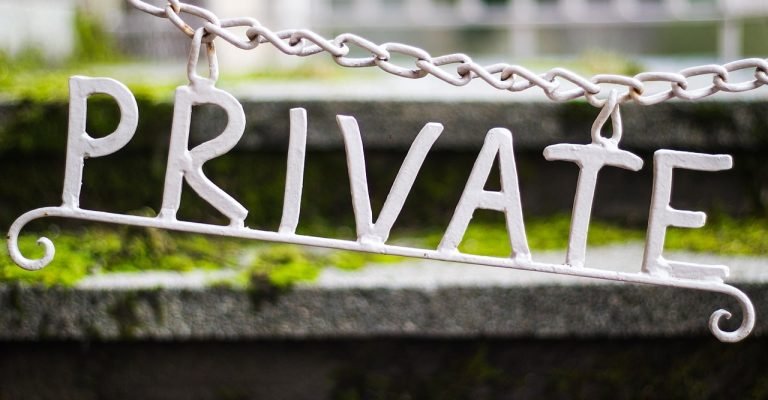Dealing with problem users introduction
In today’s digital age, social media is essential for any business’s marketing strategy. It offers an opportunity to connect with customers, build brand awareness, and boost engagement. However, social media also comes with its own set of challenges, particularly dealing with problem users. These individuals can post negative comments, engage in abusive behaviour, or disrupt the online community. As a business, it’s crucial to manage problem users swiftly and professionally to maintain a positive and welcoming environment on your social media channels. Here’s a comprehensive guide to effectively handle problem users on social media.
Have Clear Guidelines
The first step in managing problem users is to establish clear guidelines. These should outline what is and isn’t acceptable behaviour on your social media channels. Make sure your guidelines are publicly available and easily accessible to users. This helps set expectations and prevents misunderstandings. For example, guidelines might include prohibitions against hate speech, spam, and personal attacks. By clearly communicating these rules, you help foster a respectful and inclusive community.
Respond Quickly
When dealing with problem users, quick responses are vital. Aim to respond within 24 hours to prevent the situation from escalating. Prompt responses demonstrate that you care about your customers and are committed to resolving their concerns. Quick responses also prevent negativity from spreading unchecked. When other users see that you’re proactive in addressing issues, it reinforces the perception that your brand values customer feedback and maintains a high standard of community conduct.
Avoid Engaging in Arguments
It’s essential not to engage in arguments with problem users. Arguing can escalate the situation and harm your brand’s reputation. Instead, try to diffuse the situation by addressing the user’s concerns calmly and professionally. This approach helps de-escalate the issue and shows your commitment to finding a resolution. Maintain a composed and respectful tone, even if the user is confrontational. Remember, your responses are visible to the wider audience and reflect your brand’s values.
Take the Conversation Offline
For issues that require more in-depth discussion, take the conversation offline. Provide a customer service phone number or email address for the user to contact. This allows you to address the problem more thoroughly and in a private setting. Moving sensitive discussions away from the public eye prevents additional conflict and allows for a more personal touch in resolving the issue. It also helps to prevent other users from jumping into the conversation and potentially escalating the situation further.
Use Moderation Tools
Most social media platforms offer moderation tools that allow you to block or mute users, delete comments, and hide or remove posts. These tools are invaluable for dealing with problem users. If someone is posting inappropriate content or engaging in abusive behaviour, use these tools to protect your brand’s reputation and maintain a safe and welcoming environment for your customers. It’s important to familiarize yourself with these tools and use them judiciously. For instance, muting a user might be preferable to blocking them if you want to avoid potential backlash while still curbing their disruptive behaviour.
Report Abusive Behaviour
If a user is engaging in abusive behaviour, such as harassment or hate speech, report it to the social media platform. These platforms have policies against abusive behaviour and will take action against users who violate their rules. Reporting abusive behaviour shows that you take online safety seriously and are committed to protecting your customers. Social media platforms rely on user reports to enforce their community guidelines, so your reports can contribute to a safer environment for everyone. Document instances of abuse with screenshots and detailed descriptions to provide clear evidence when reporting.
Monitor Your Social Media Channels
Keeping an eye on your social media channels is crucial for identifying problem users early and responding promptly. Monitoring your channels helps you spot potential issues before they escalate. Consider using social media listening tools to track brand mentions and user sentiment. This allows you to respond quickly to any issues that arise. These tools can also help you gather valuable insights into customer opinions and trends, enabling you to proactively address concerns and improve your overall social media strategy.
Educate Your Team
Your social media team plays a critical role in managing interactions and maintaining your brand’s online presence. Ensure that they are well-trained in handling problem users and familiar with your guidelines and policies. Regular training sessions can help your team stay updated on best practices and platform-specific moderation tools. Encourage them to report any new trends or tactics used by problem users so that you can adapt your strategies accordingly.
Foster a Positive Community
Encouraging positive interactions on your social media channels can help mitigate the impact of problem users. Promote content that reflects your brand’s values and engages your audience in meaningful conversations. Highlight and reward positive behaviour from users, such as by featuring user-generated content or acknowledging helpful comments. Building a supportive community can create a buffer against negativity, as loyal followers are more likely to defend your brand and report abusive behaviour.
Learn from Each Incident
Every interaction with a problem user is an opportunity to learn and improve your approach. After resolving an issue, review the situation to identify what worked well and what could be improved. Was the response time adequate? Did the chosen resolution satisfy the user? Use these insights to refine your guidelines, response strategies, and team training. Regularly update your social media policies to reflect new challenges and evolving best practices.
In Conclusion
Dealing with problem users on social media is challenging but necessary for maintaining a positive and welcoming online community. By setting clear guidelines, responding quickly, avoiding arguments, taking conversations offline, using moderation tools, reporting abusive behaviour, monitoring your social media channels, educating your team, fostering a positive community, and learning from each incident, you can effectively manage problem users and protect your brand’s reputation. Remember, the key is to respond professionally and calmly, showing that you are committed to finding a resolution.














